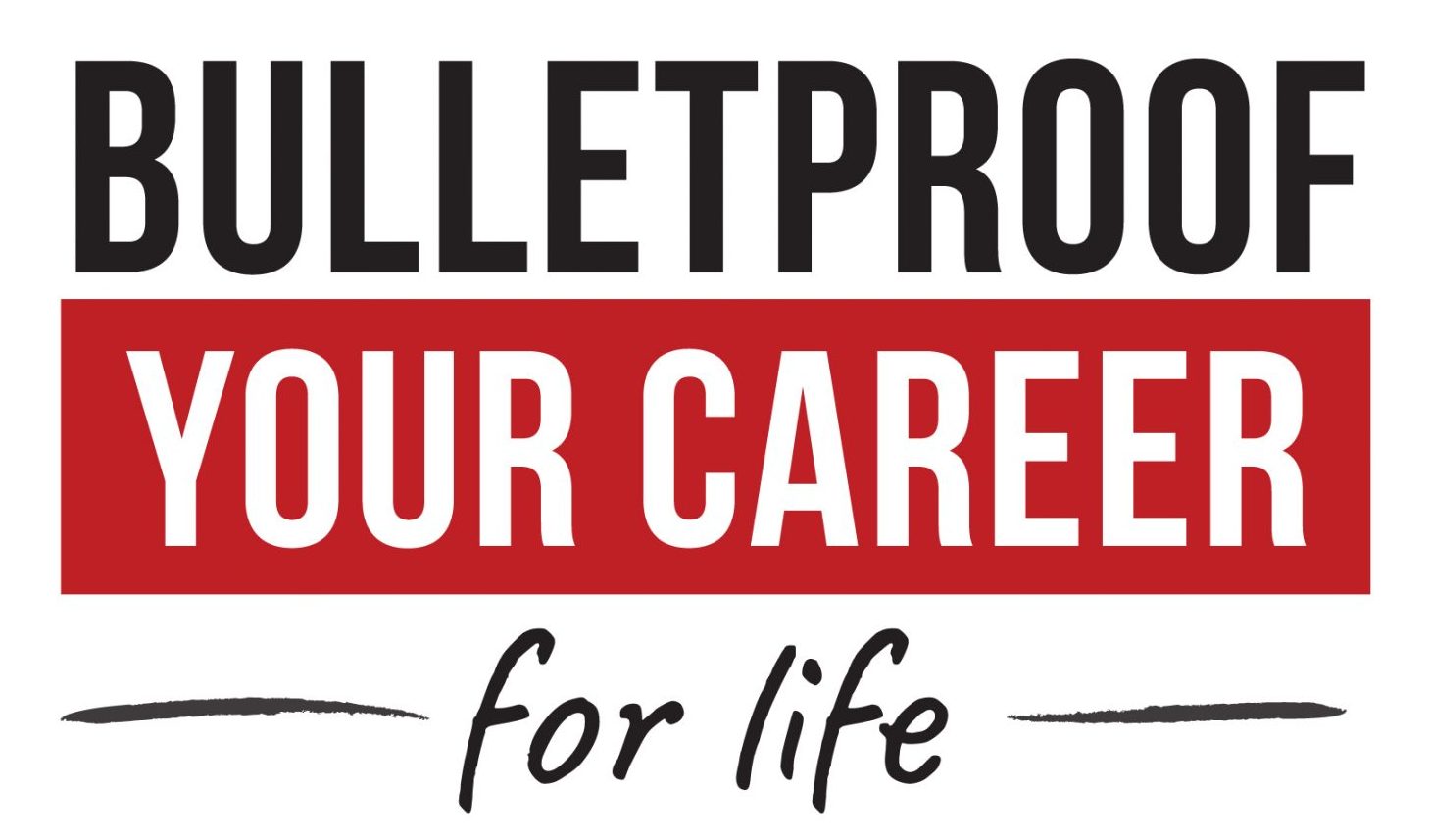Return to the Office with Confidence

The pandemic and resulting COVID variants forced many companies to adopt remote working policies. As the spring approaches, a number of corporations are saying, “it’s time to come back to in-person.”
Check out this NY Times article about Microsoft’s return to office at the end of February.
If the thought of going back is stressing you out, I have a few tips for how to break out of your comfort zone.
What is a Comfort Zone?
Simply put, it’s that space where our way of behaving, our routines, and our thinking all fit a pattern we’re used to. When we are in our comfort zone, we tend to experience less stress and little, if any, risk. It’s our natural state, and it is not a bad zone to be in much of the time—but not so good if we stay in that space most, if not all of the time.
This quote from author Brené Brown offers a definition of the comfort zone: “Where our uncertainty, scarcity, and vulnerability are minimized — where we believe we’ll have access to enough love, food, talent, time, admiration. Where we feel we have some control.”
Take more risks by starting small.
Start by making a list. While routines are good because they can increase our productivity and effectiveness, ruts are stifling. So, think through where you’re in a rut and where you’re holding yourself back. And by the way, you might find that asking a spouse, significant other, or close friend or colleague if they can see anywhere that you might be holding yourself back can be very enlightening.
Be sure to add to that list on a regular basis whenever you catch yourself holding yourself back. Once you can see it, you can begin to change it.
Be open to new experiences.
Do you always eat at the same restaurant or the same kind of food? Do you only read one genre of books? Do you always walk the dog on the same path? Make a list of your routines that have become ruts and pick some to change up.
View change as an opportunity, not a threat.
Changing too much, and changing things all at once is proven not to be the answer. Start utilizing small actions with a low degree of risk to gain a comfort level. Once you succeed at that, step up to a slightly bigger opportunity to stretch yourself. Each time your confidence in making changes will build and you will have the confidence to take bigger risks/steps.
